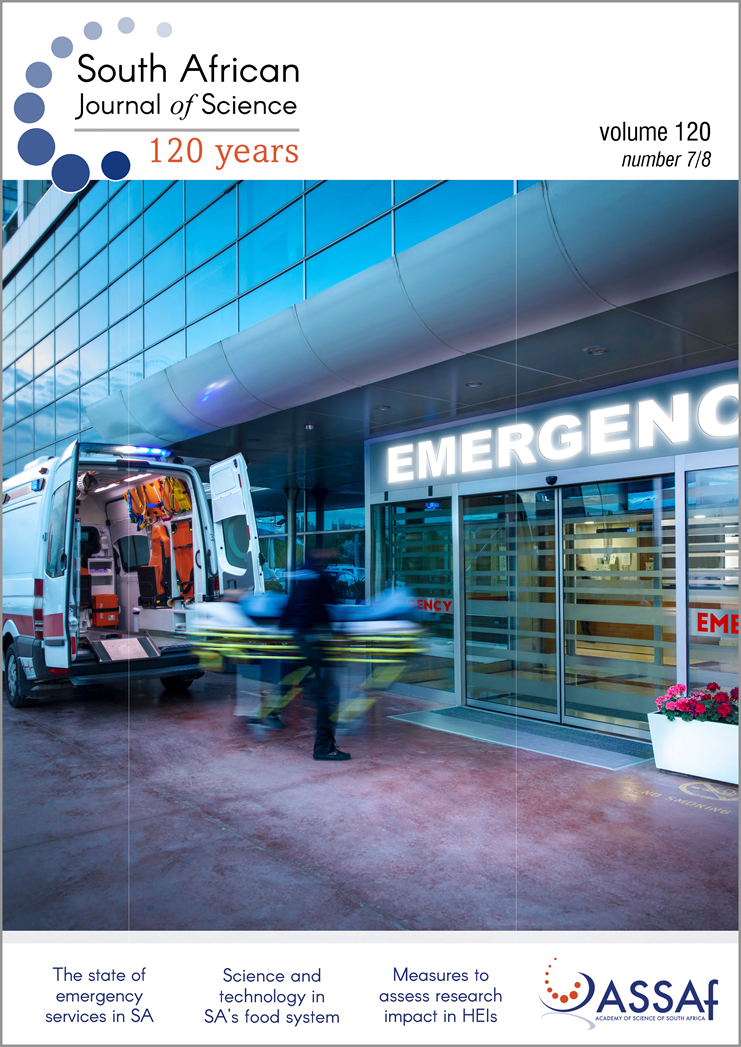Comparing the financial benefits of different grain production systems in South Africa’s summer rainfall region
DOI:
https://doi.org/10.17159/sajs.2024/17091Keywords:
crop production systems, conservation and regenerative agriculture, financial analysis, investment J-curveAbstract
There is growing evidence that soil degradation, among other factors, has led to both the decline and constraint of agriculture in southern Africa. Conservation and regenerative agriculture (CA/RA) have been proposed as a grain crop production system that could slow down, halt or even reverse some of these disturbing trends. But the question remains whether it is financially viable. We sought to find an answer to this question by comparing the financial returns of a CA/RA system over a 20-year period to its alternatives, namely conventional tillage (CT) and no-tillage (NT) production systems. The cumulative free cash flow (CFCF) of the average between the realistic and conservative CA/RA scenarios in year 20 is considerably higher than that of the other systems under investigation. The CFCF for CA/RA in year 20 in Mpumalanga is estimated to be ZAR86 million, compared to -ZAR51 million for CT and about ZAR4 million for NT. That is a net difference between ZAR137 million (compared to CT) and ZAR82 million (compared to NT). In the Maluti area, the CFCF for the CA/RA production system is estimated at ZAR26 million, compared to -ZAR66 million for CT and -ZAR19 million for NT. In the North-West production area, the CFCF for the CA/RA production system is estimated at ZAR35 million, compared to -ZAR9 million for CT and about ZAR21 million for NT. The differences between the CFCF of the CA/RA system and the other systems represent the financial opportunity cost of not converting to the CA/RA system.
Significance:
- Soil degradation leads to both the decline and constraint of agriculture in southern Africa.
- Conservation and regenerative agriculture (CA/RA) have been proposed as a grain crop production system that could slow down, halt or even reverse some of these disturbing trends.
- CA/RA are financially more viable in three grain production areas of South Africa.
- The cumulative free cash flow (CFCF) CA/RA in year 20 is considerably higher than that of the other systems.
- The differences between the CFCF of the CA/RA system and the other systems represent the financial opportunity cost of not converting to the CA/RA system.
Additional Files
Published
Versions
- 2024-09-02 (2)
- 2024-07-31 (1)
Issue
Section
License

All articles are published under a Creative Commons Attribution 4.0 International Licence
Copyright is retained by the authors. Readers are welcome to reproduce, share and adapt the content without permission provided the source is attributed.
Disclaimer: The publisher and editors accept no responsibility for statements made by the authors
How to Cite
- Abstract 590
- PDF 118
- EPUB 32
- XML 37
- Peer review history 56













.png)